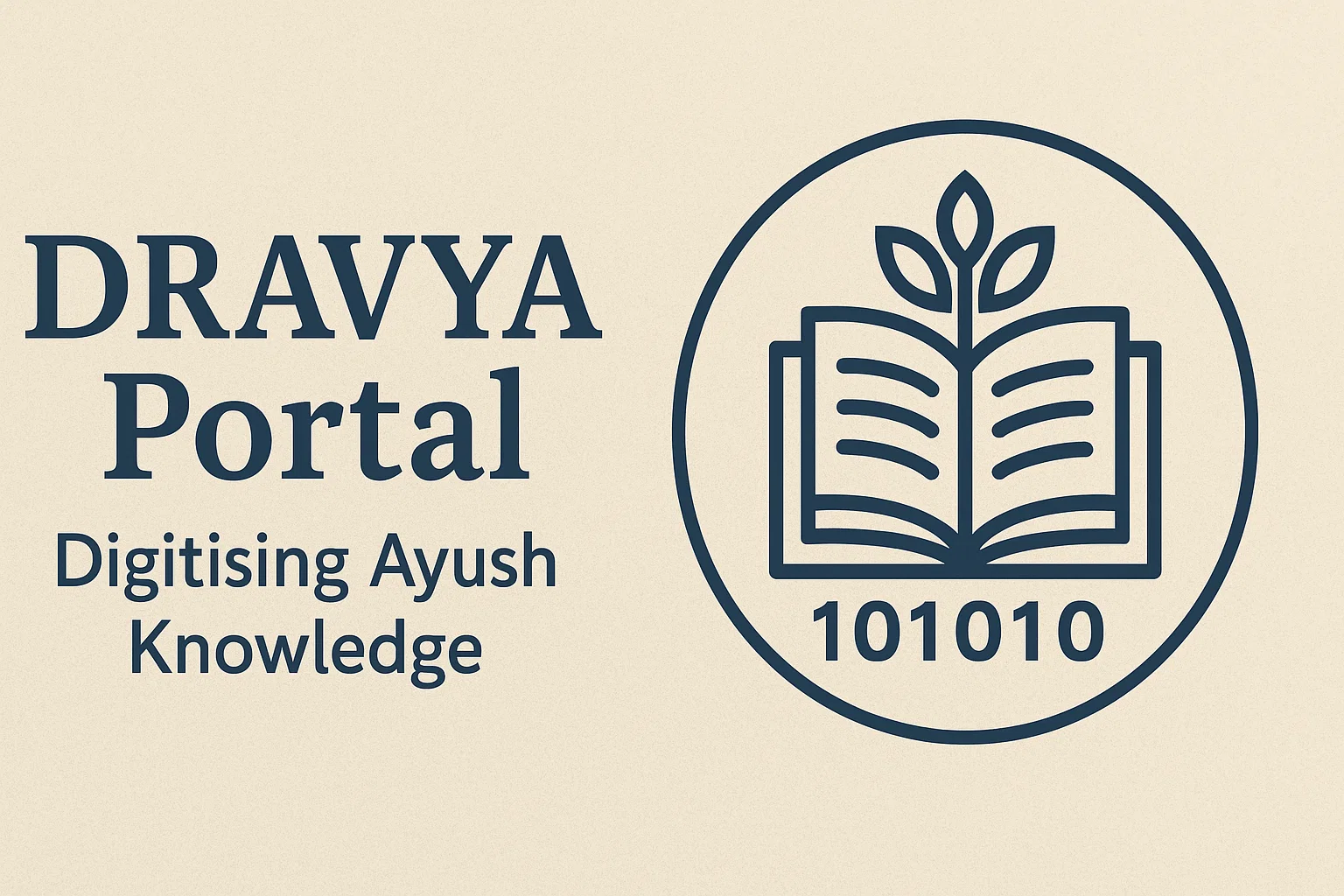Presidential Reference Highlights Concerns Over SC Verdict on Bill Assent
Presidential Reference Questions SC Verdict on Governor’s Role in Bill Assent
Context: President Droupadi Murmu, in a rare move, sought the opinion of the Supreme Court through a Presidential Reference, on whether the court can “impose” timelines and prescribe the manner of conduct of Governors and the President while dealing with State Bills sent to them for assent or reserved for consideration.
Supreme Court’s Stand
- The court invoked Article 142 to deem all 10 Bills as assented to, calling the Governor’s delay illegal.
- The ruling came in response to the Tamil Nadu Governor withholding or delaying assent to 10 Bills passed and re-passed by the State Assembly.
- Supreme Court bench (Justices J.B. Pardiwala & R. Mahadevan) ruled that Governors and the President must act within a reasonable time on Bills passed by State legislatures, ideally within three months.
- It emphasised the need to protect federalism and democratic processes from arbitrary gubernatorial delays.
Presidential Reference under Article 143 (May 13, 2025)
- President Droupadi Murmu, advised by the Union government, referred 14 questions to the Supreme Court under Article 143(1), asking:
- Whether the President and Governors can be subjected to timelines by the judiciary under Articles 200 and 201.
- Whether Article 142 powers were correctly applied to override constitutional processes.
- Whether small Benches can rule on matters requiring constitutional interpretation.
- Whether such matters fall under exclusive original jurisdiction under Article 131.
What is a Presidential Reference?
Constitutional Basis: Article 143
A Presidential Reference is a mechanism provided under Article 143 of the Indian Constitution, which allows the President of India to seek the opinion of the Supreme Court on questions of law or fact of public importance.
There are two parts to Article 143:
- Article 143(1): The President can refer to the Supreme Court a question of law or fact that has arisen or is likely to arise, and is of public importance, and seek its advisory opinion.
- Article 143(2): If there is a dispute involving pre-constitutional treaties or agreements, the President can refer such matters to the Supreme Court.
Key Features of Article 143(1)
- Discretionary Power of the President: The President may decide to seek the Court’s opinion but usually acts on the advice of the Council of Ministers.
- Advisory Nature: The Supreme Court’s opinion under Article 143 is not binding, unlike its rulings in regular cases.
- Supreme Court’s Discretion: The Court may decline to answer a reference if it deems the question not justiciable or inappropriate (as it did in the Ram Janmabhoomi-Babri Masjid Reference in 1993).
- Heard by Constitution Bench: Such references are generally heard by a five-judge Constitution Bench as per Article 145(3), which deals with cases requiring interpretation of the Constitution.
Past Examples of Presidential Reference
- In Re Berubari Union (1960) – Regarding the ceding of Indian territory to Pakistan.
- Keshav Singh’s Case (1965) – On legislative privileges vs fundamental rights.
- Babri Masjid case (1993) – The SC declined to answer on historical facts due to pending litigation.
- Cauvery Water Disputes (1991) – On the Tribunal’s jurisdiction and implementation.
Key Reactions
- M.K. Stalin (Tamil Nadu CM)
- Strongly condemned the Reference, calling it a ploy to undermine federalism and legitimise Governors’ obstruction in non-BJP States.
- Urged non-BJP ruled States to unite in a legal battle to defend constitutional values.
- Kapil Sibal (Senior Advocate)
- Allegedly the move bypasses normal judicial review processes like review or curative petitions.
- Asserted the SC judgment is binding, while a Reference opinion is not.
- Justice Sanjay Kishan Kaul (Retd. SC Judge)
- Defended the President’s power to seek clarification on constitutional issues.
- Expressed reservations about the use of Article 142 to bind the President and other Governors not party to the case.
- Felt the Reference could help resolve future Centre-State disputes.
Legal and Constitutional Issues
- Presidential Reference vs. Judicial Review
- Article 143(1) gives the President the discretion to seek the SC’s advisory opinion.
- However, this route cannot reverse a binding judgment, as clarified by SC in the 1991 Cauvery case.
- Binding Nature of Advisory Opinions
- Opinions under Article 143 are not binding, unlike judgments under regular jurisdiction.
- Thus, the April 8 ruling stands unless overturned via review or curative petition.
- Use of Article 142
- The SC’s use of Article 142 to deem Bills as assented has raised questions.
- Critics argue this power should be used only for parties to the case, not the President.
- Federalism and Governor’s Role: The core issue revolves around whether the Governor can stall legislation indefinitely, effectively sabotaging elected State governments.
Broader Implications
- This episode reflects the increasing friction between the Union and Opposition-ruled States, particularly regarding gubernatorial discretion.
- It highlights a constitutional gap in defining time-bound actions by the President and Governors.
- The Supreme Court now faces the challenge of clarifying federal balance without overturning its own earlier decision.


